‘100 Women: Architects in Practice’ celebrates exceptional global architecture
‘100 Women: Architects in Practice’, a new book by RIBA Publishing, elevates the work of international studios that lead in contemporary building design

'100 Women Architects in Practice' is the title of a new RIBA publication showcasing an archipelago of female practitioners, spread across over 250 regions and five continents. The architecture book has been authored by Harriet Harriss, Naomi House, Monika Parrinder and Tom Ravenscroft.
Finding themselves in a profession plagued by apparent dualities – disconnections between the appearance and reality of architecture; between the architect and images of the architect; between women and images of women – many of the women featured set out to make visible not only the patent but the latent disparities in their immediate contexts.

cover of '100 Women: Architects in Practice'
‘100 Women: Architects in Practice’: an archipelago of female professionals
Common to all practitioners' modes of operation is an approach that prioritises care and repair, which can be understood as an antidote to the patriarchal forces of endless progress and consumption that characterise much of our culture today. Examples of names included are Valérie Mavoungou, Sumayya Vally, Tosin Oshinowo, Fernanda Canales, Frida Escobedo, Anupama Kundoo, and Yasmeen Lari, among many others from across five continents.

100 Architects for 100 Houses, winner, an International competition for AlUla, Saudi Arabia, 2022. The proposal, Carpet of the Wind, took inspiration from the way that a carpet laid on the desert floor, to mark a stop in a journey, starts to craft a relationship between human and earth
At the centre of these acts of healing is the desire by a number of practitioners to bring architecture into a more reciprocal relationship with the world; namely to remedy a prevailing division between architecture and our natural environments. Central to this is the inseparable connection between people and land, and subsequently the infrastructures they create, as evidenced by two of the seven territories of work covered by the book: ‘practice innovation’ and ‘care and connection’.

Ngarannam Village (United Nations Development Programme), Borno State, Nigeria, 2022. View of the primary school
A special focus within these is given to Indigenous practices in particular – which reject the binary between architecture and landscape – and challenge Western definitions of ‘progress’ as a linear trajectory in time that revels in novelty and the ‘new’.
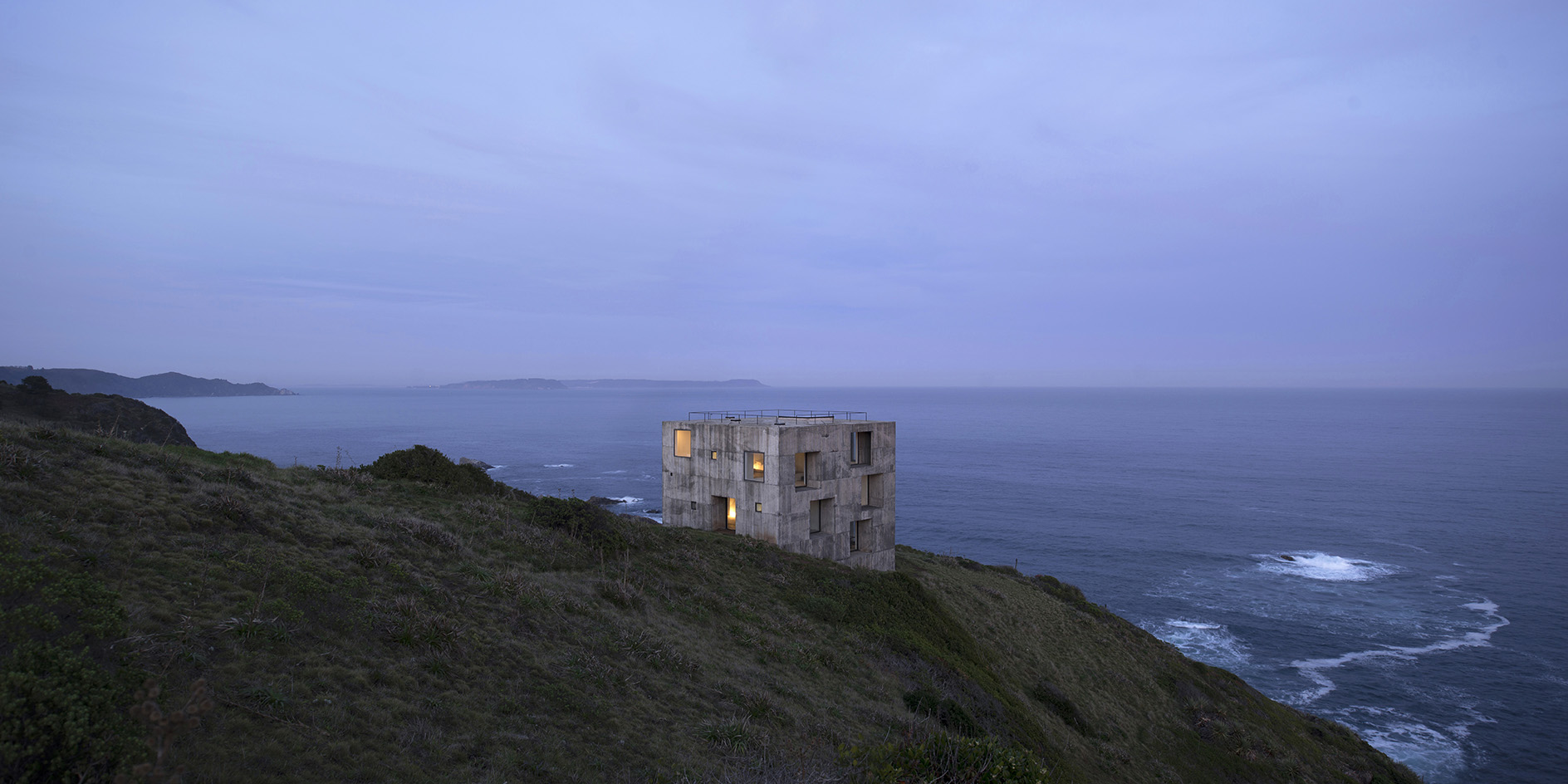
Cien House, Concepcion, Chile, 2011. The architects’ own home – a seven-storey concrete tower that shows how they rethink traditional arrangements and forms
Using methodologies which retrieve historic knowledge of local materials, they attempt to operate in a more cyclical rather than linear way, as in the work of Filipino architect Cathy Saldana who emphasises the importance of combining ‘ancient, traditional strategies with cutting-edge technologies’.

The Waterhouse, South Bund, Shanghai, China, 2010. The four-storey boutique hotel is built into an existing Japanese Army headquarters building from the 1930s
Meanwhile, Belgian architect Veronique Tavernier warns other practitioners to ‘not let aspects of their work unknowingly slip to automation, and risk losing the core skills needed in good architectural practice’.
Receive our daily digest of inspiration, escapism and design stories from around the world direct to your inbox.
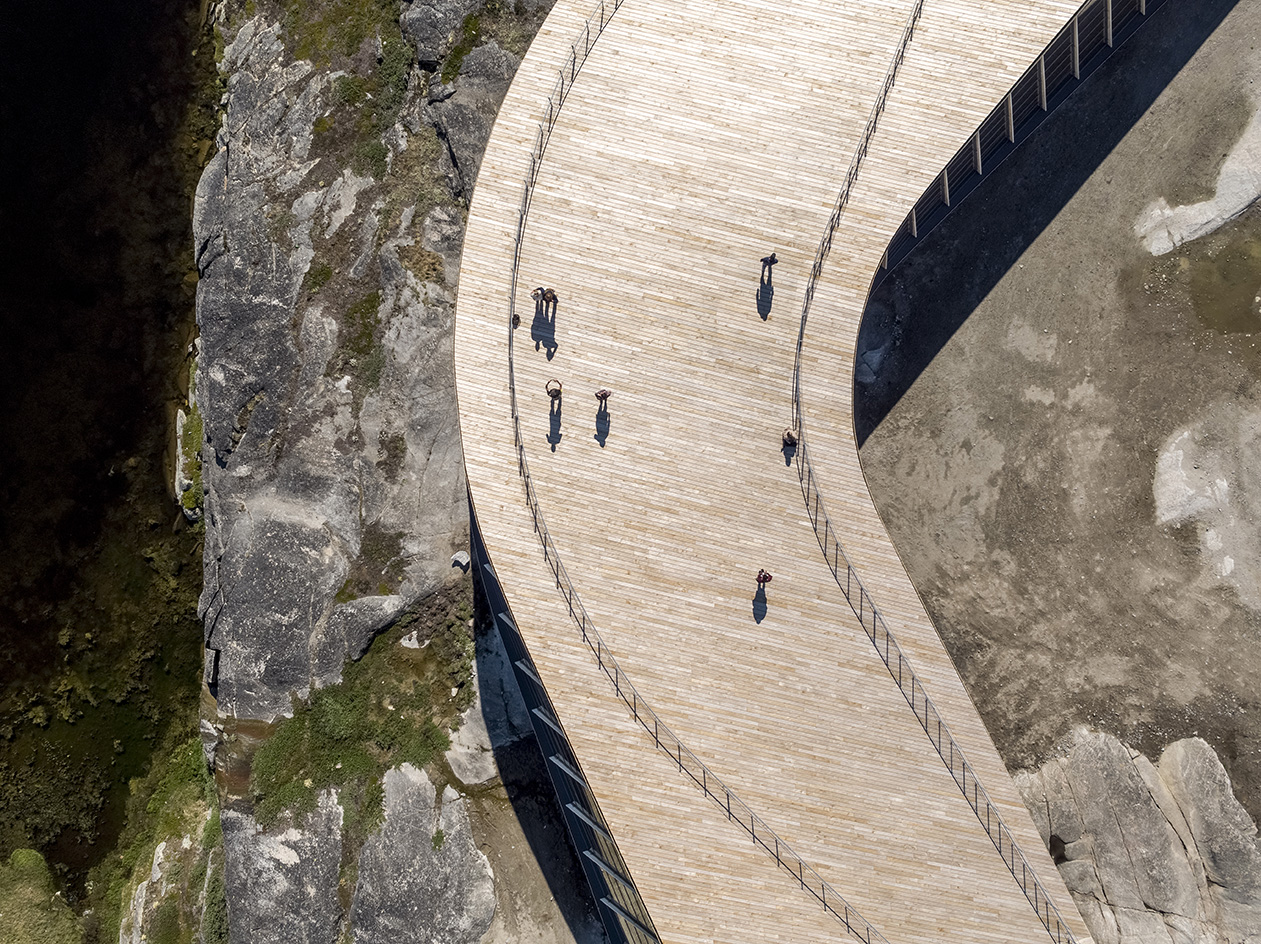
Ilulissat Icefjord Centre, Greenland, 2021. The roof provides a natural extension of the hiking routes and is created as a public space – a kind of gateway between Ilulissat and the wilderness beyond
In essence, these practices seeks to heal destructive agendas of the past; fostering custodianship and care towards each other and our planet. By resetting the parameters of successful architecture, they advocate a new model of practice, going beyond reciprocity to a regenerative practice that aims to give back more than it takes.
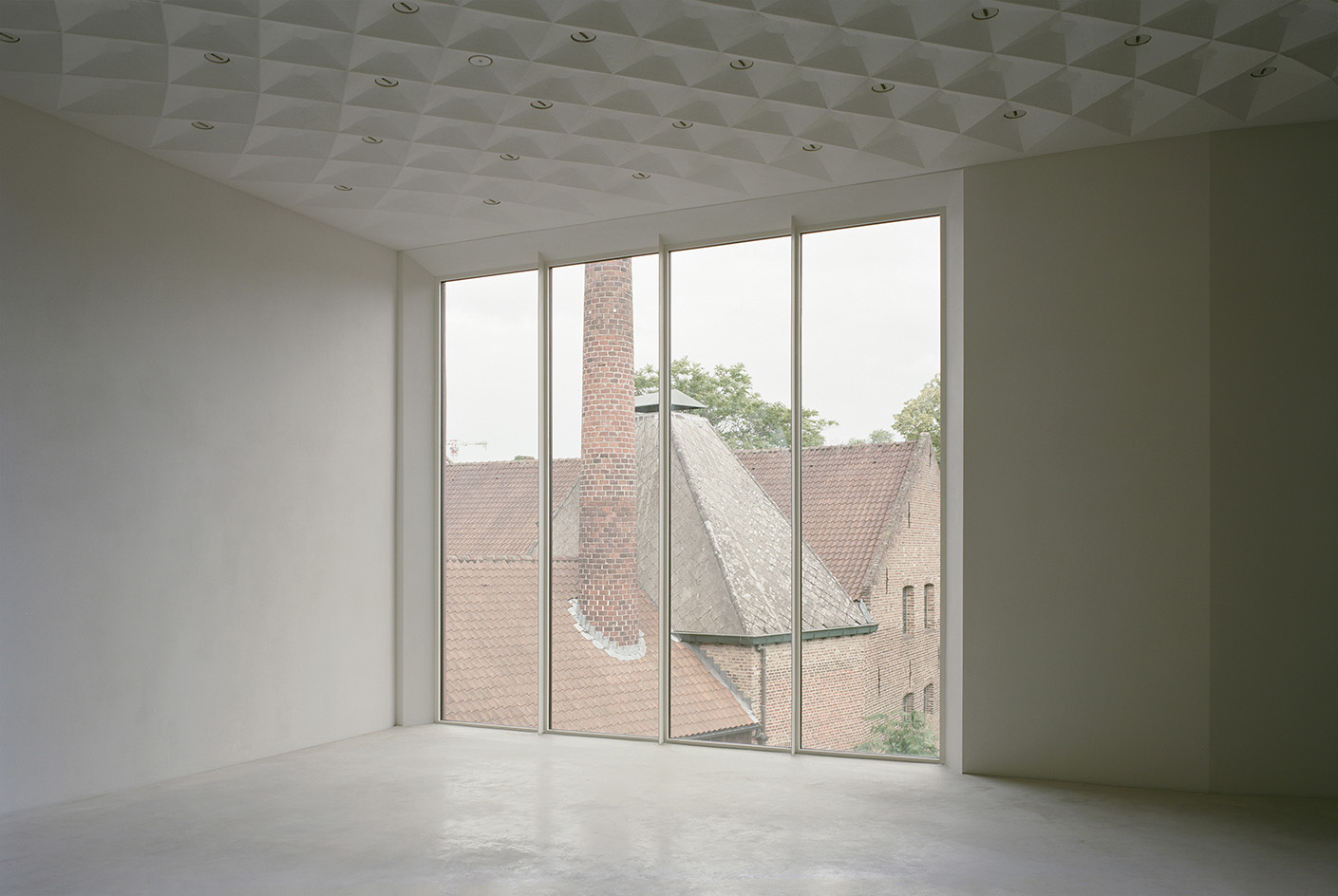
Z33, House for Contemporary Art, Design and Architecture, Hasselt, Belgium, 2019. Exhibition Room
They also contribute towards a physical body of female historiographies which will no doubt constitute a much needed reference point for teachers and practitioners alike.
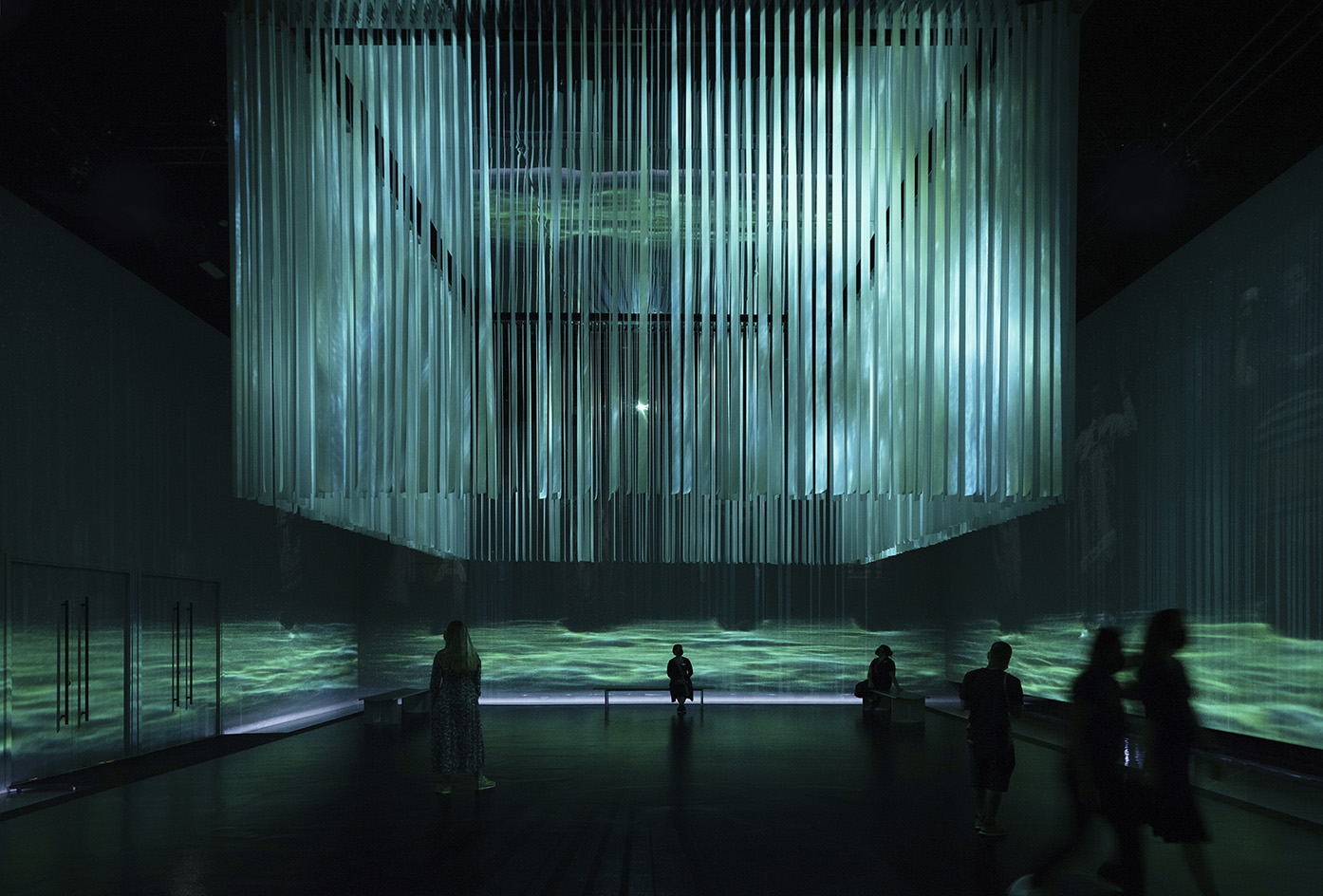
Film room in the New Zealand Pavilion, World Expo 2020, Dubai
Also available from Amazon, Waterstones and Barnes & Noble
Marwa el Mubark is an Irish architect based in London. She is the co-founder of the research and design practice Saqqra and a lecturer at Kingston School of Art.
-
 A compact Scottish home is a 'sunny place,' nestled into its thriving orchard setting
A compact Scottish home is a 'sunny place,' nestled into its thriving orchard settingGrianan (Gaelic for 'sunny place') is a single-storey Scottish home by Cameron Webster Architects set in rural Stirlingshire
-
 7 colours that will define 2026, from rich gold to glacier blue
7 colours that will define 2026, from rich gold to glacier blueThese moody hues, versatile neutrals and vivid shades will shape the new year, according to trend forecasters
-
 In Norway, discover 1000 years of Queer expression in Islamic Art
In Norway, discover 1000 years of Queer expression in Islamic Art'Deviant Ornaments' at the National Museum of Norway examines the far-reaching history of Queer art
-
 David Kohn’s first book, ‘Stages’, is unpredictable, experimental and informative
David Kohn’s first book, ‘Stages’, is unpredictable, experimental and informativeThe first book on David Kohn Architects focuses on the work of the award-winning London-based practice; ‘Stages’ is an innovative monograph in 12 parts
-
 Modernist Scotland explores the country’s impressive legacy of contemporary architecture
Modernist Scotland explores the country’s impressive legacy of contemporary architectureA new book, Modernist Scotland, delves into the art and ambitions of the International Style in post-war Scotland, presenting 150 projects that typify an age of optimism and innovation.
-
 Explore Tom Kundig’s unusual houses, from studios on wheels to cabins slotted into boulders
Explore Tom Kundig’s unusual houses, from studios on wheels to cabins slotted into bouldersThe American architect’s entire residential portfolio is the subject of a comprehensive new book, ‘Tom Kundig: Complete Houses’
-
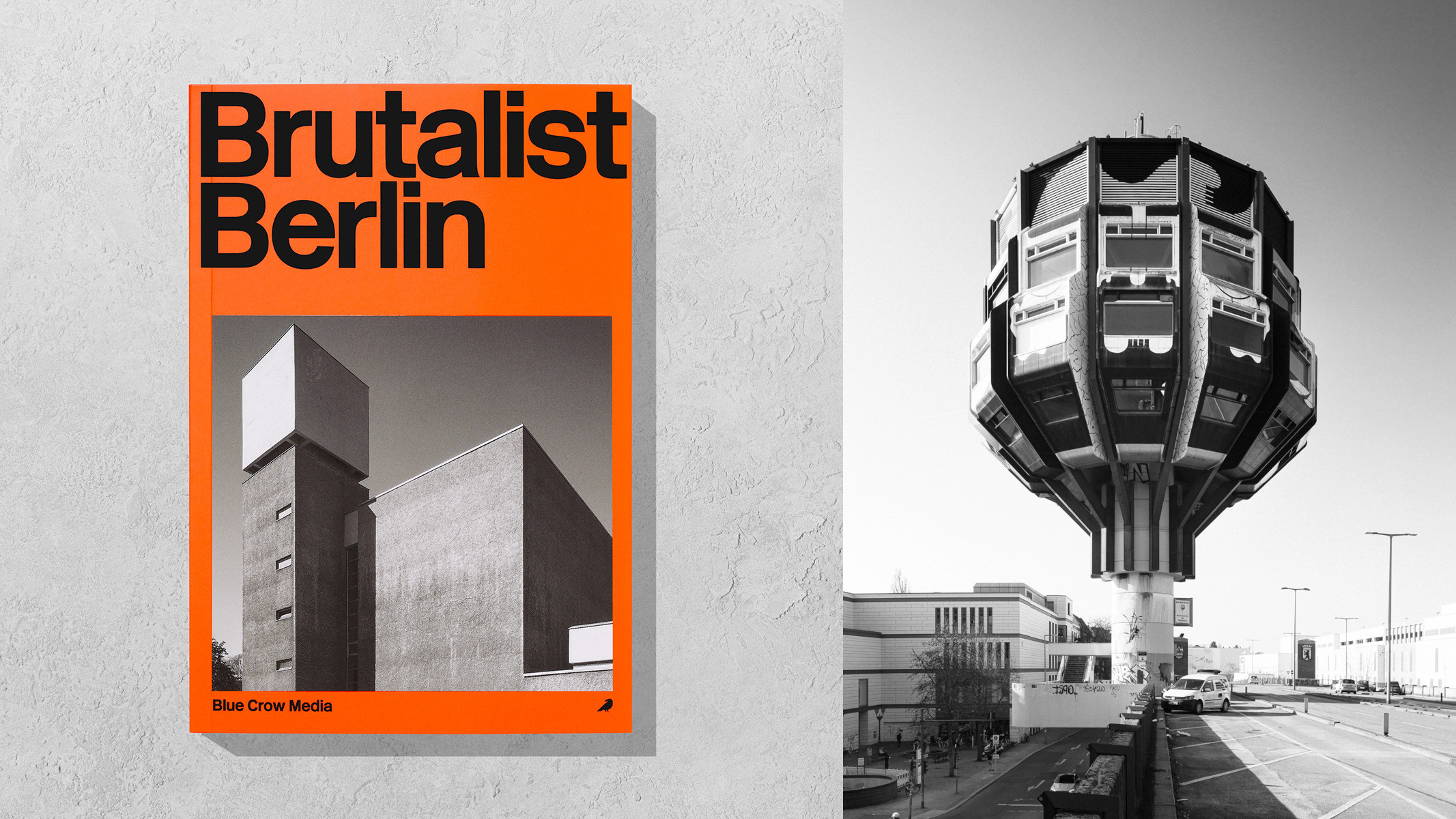 ‘Brutalist Berlin’ is an essential new guide for architectural tourists heading to the city
‘Brutalist Berlin’ is an essential new guide for architectural tourists heading to the cityBlue Crow Media’s ‘Brutalist Berlin’ unveils fifty of the German capital’s most significant concrete structures and places them in their historical context
-
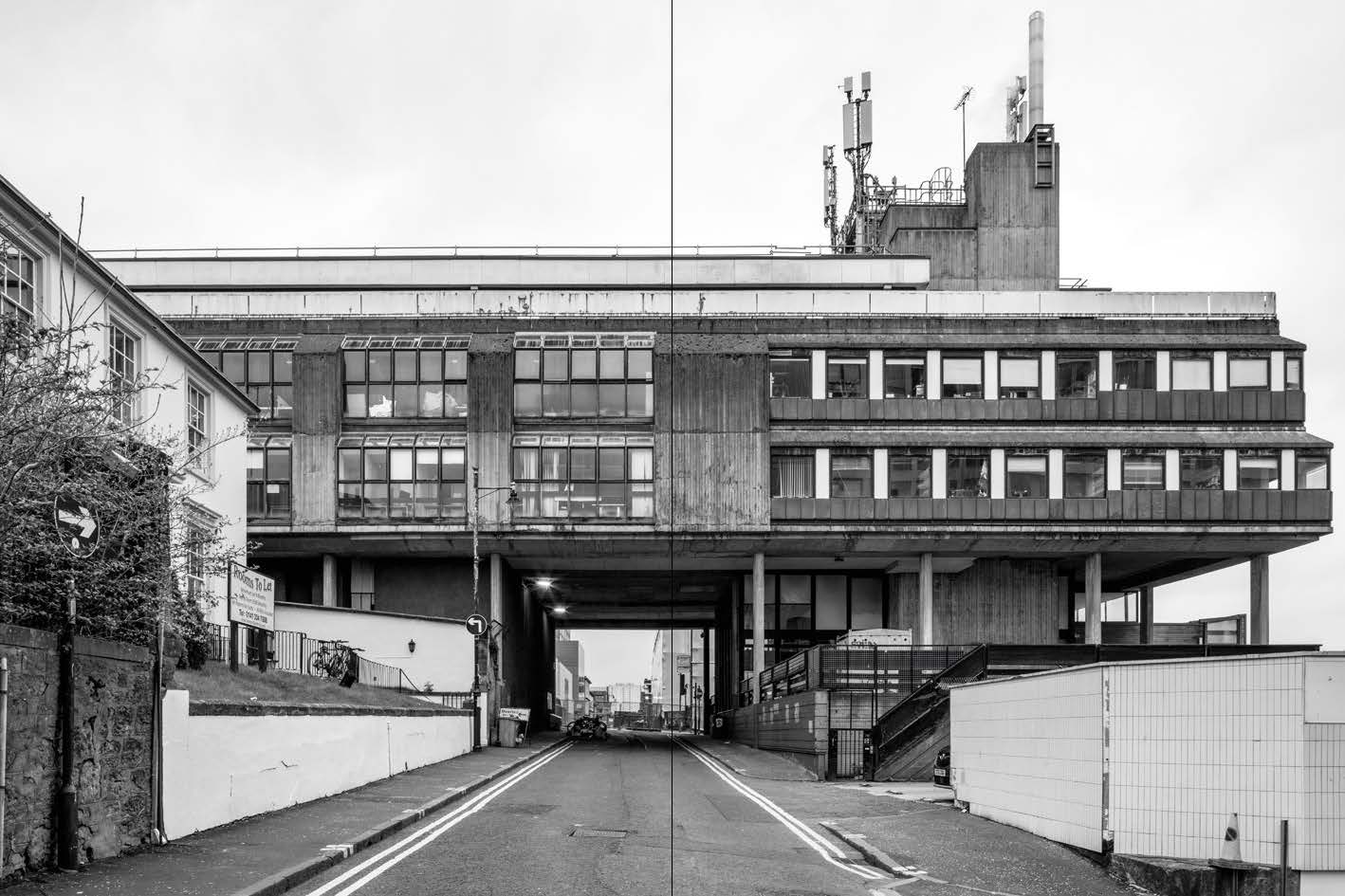 Celebrate the angular joys of 'Brutal Scotland', a new book from Simon Phipps
Celebrate the angular joys of 'Brutal Scotland', a new book from Simon Phipps'Brutal Scotland' chronicles one country’s relationship with concrete; is brutalism an architectural bogeyman or a monument to a lost era of aspirational community design?
-
 A new Tadao Ando monograph unveils the creative process guiding the architect's practice
A new Tadao Ando monograph unveils the creative process guiding the architect's practiceNew monograph ‘Tadao Ando. Sketches, Drawings, and Architecture’ by Taschen charts decades of creative work by the Japanese modernist master
-
 Around the world in brutalist interiors – take a tour with this new book
Around the world in brutalist interiors – take a tour with this new book'Brutalist Interiors' is a new book exploring the genre's most spectacular spaces; we speak to its editor Derek Lamberton, and ask for his top-three must-sees
-
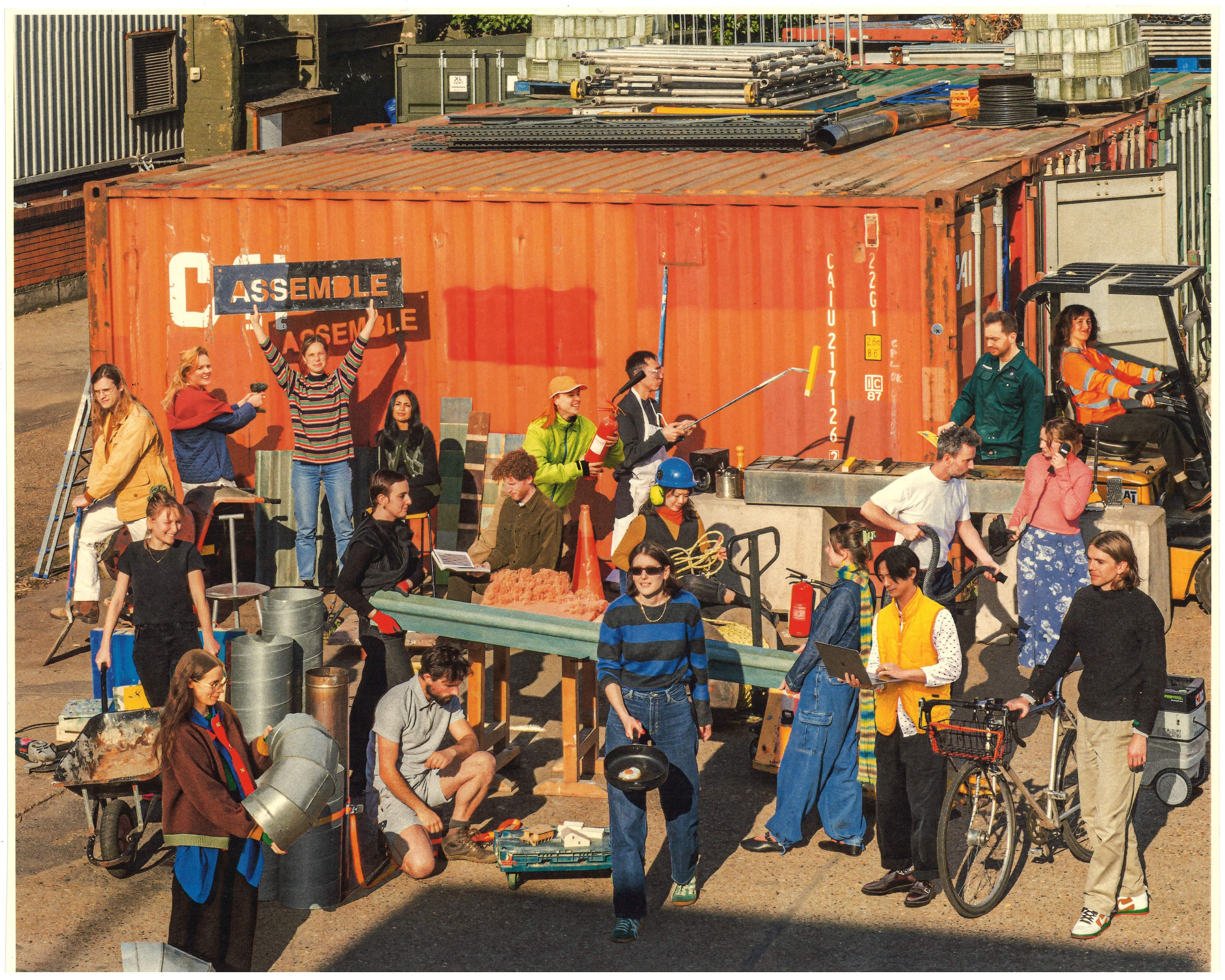 15 years of Assemble, the community-driven British architecture collective
15 years of Assemble, the community-driven British architecture collectiveRich in information and visuals, 'Assemble: Building Collective' is a new book celebrating the Turner Prize-winning architecture collective, its community-driven hits and its challenges